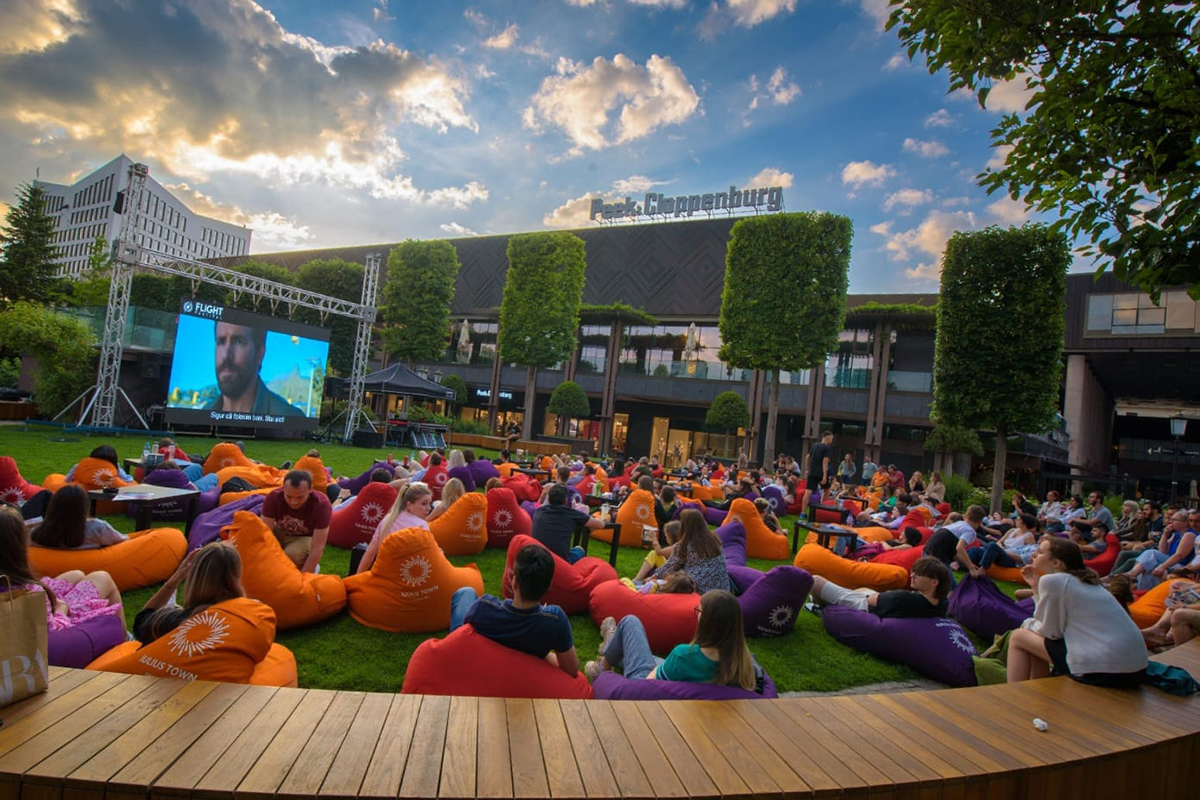As Atterbury Europe celebrates 10 years in the business, head of asset management Vlad Valcea gives his take on the biggest new trends in the property-management market.
Have asset-management parameters evolved in the decade since Atterbury Europe started, or have they stayed mostly the same?
Ten years ago, we saw the start of the food and beverage focus, which brought larger food-courts and additional food and beverage (F&B) units to mall entrances or kiosks in the indoor common areas. Meeting places for dining and leisure were becoming essential for a successful mix in urban developments. Later, starting pre-pandemic, the addition of entertainment options became the focus and it’s now the norm for the types of shopping malls that we have in our portfolio across Romania, Serbia and Cyprus. And by entertainment we don’t mean just arcades or kiddie rides, but rather more complex and physical-activity-driven attractions catering for all ages, from kids between two and 12, to teenagers and young adults.
Dominant retail-centered mix-used schemes are on a transformational path to become more than just shopping, leisure and dining spots. Additional elements are being added, reshaping them into popular entertainment, cultural and educational meeting places for their communities – even reaching out to the regional, national and international audiences.
What trend in the field is most concerning for you as the manager of a portfolio of assets in Europe in 2024, and how are you handling it?
Proximity and convenience were the more obvious concerns during the pandemic and in its immediate aftermath. However, now post-pandemic, given the strength of our shopping malls, this threat has turned into an opportunity and possibility to diversify the retail mix, to further increase foot traffic and sales above the levels of 2019. Given the profile of our large, urban and dominant shopping centres, we have seen that certain types of retailers are suffering from the proliferation of many smaller and more conveniently located neighborhood retail schemes. However, this created an opportunity for us to downsize or reconfigure retailers who didn’t need such large spaces anymore. This has enabled us to bring in new retailers to improve the mix, either with new brands or entertainment concepts that consolidate the traffic flow and increase dwell time in the malls.
And conversely, what trends out there excite you?
Digitalisation of in-store experiences, which will inevitably develop with the help of AI. The push for more exciting entertainment concepts for all ages, as touched on above. And furthermore, the transformation of dominant retail-centered mix-used schemes into meeting places offering shopping, leisure, dining, entertainment and cultural and educational elements for the regional communities and beyond.
When it comes to Atterbury Europe’s assets, what is the priority for 2024, and where is your immediate focus at present?
Across the three countries we have a very ambitious development plan of new projects, such as Rivus Cluj and Mall of Limassol, both expected to open in Q1 2027; but also, very significant redevelopment plans of the existing Iulius Mall Suceava, and our three malls in Belgrade – USCE, BEO and Mercator Centar. We have a tightly packed and exciting pipeline for the next three years.


